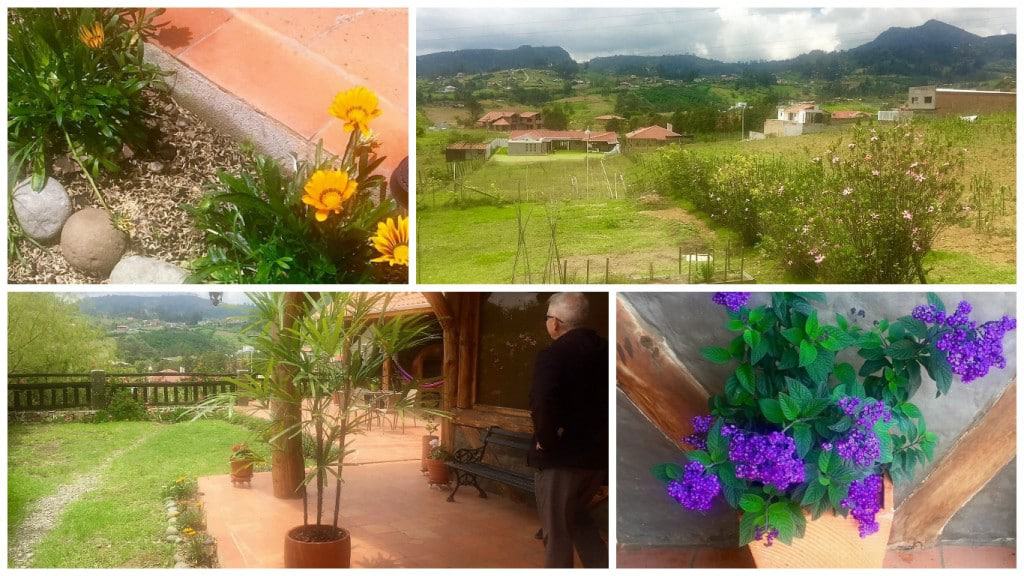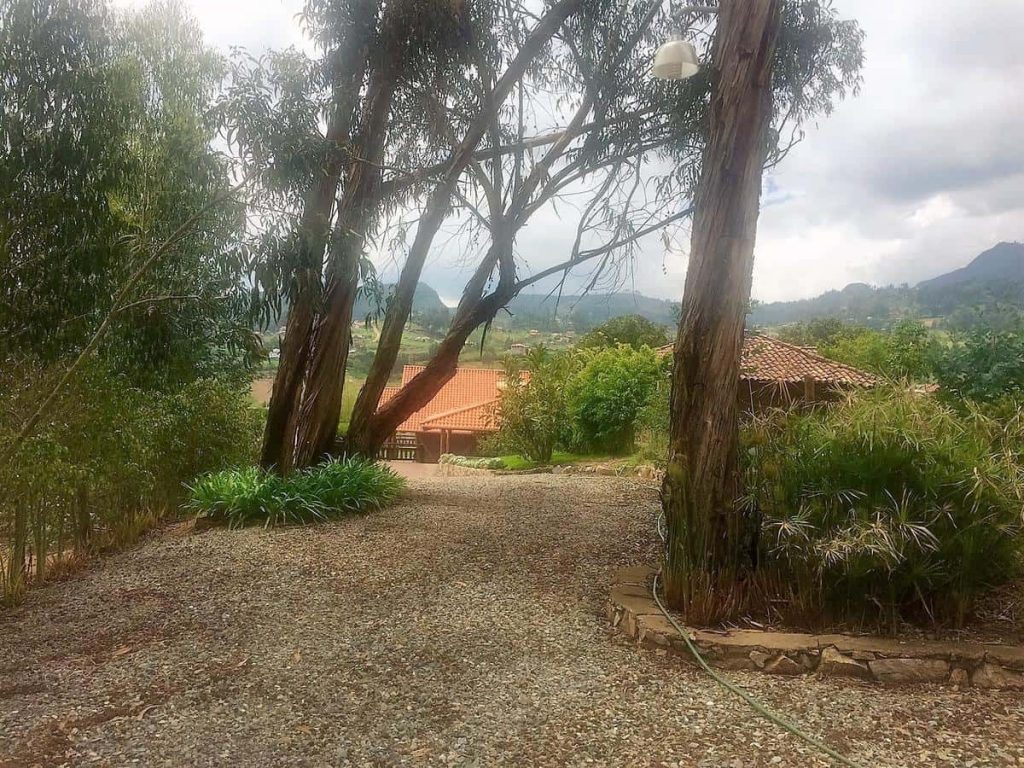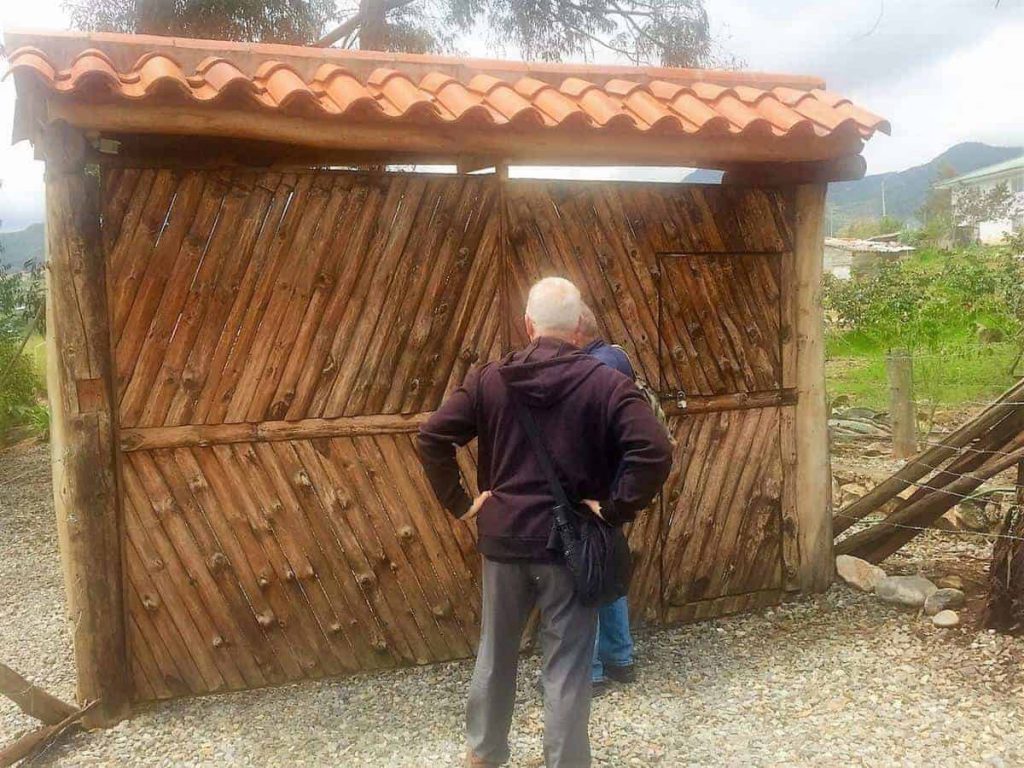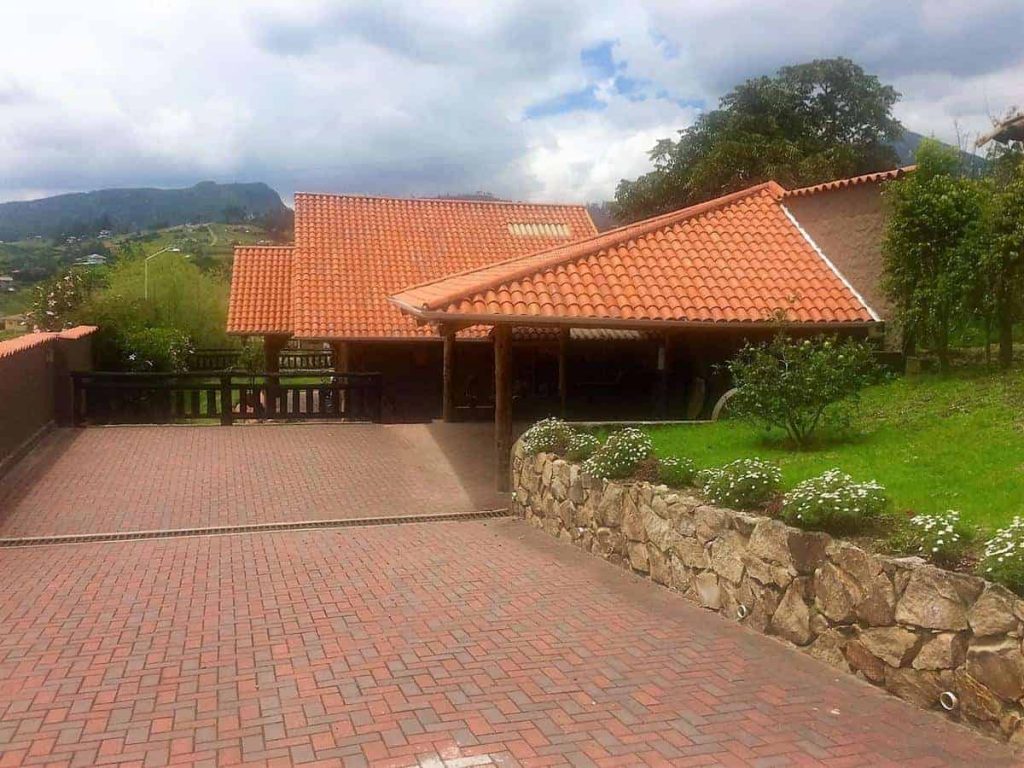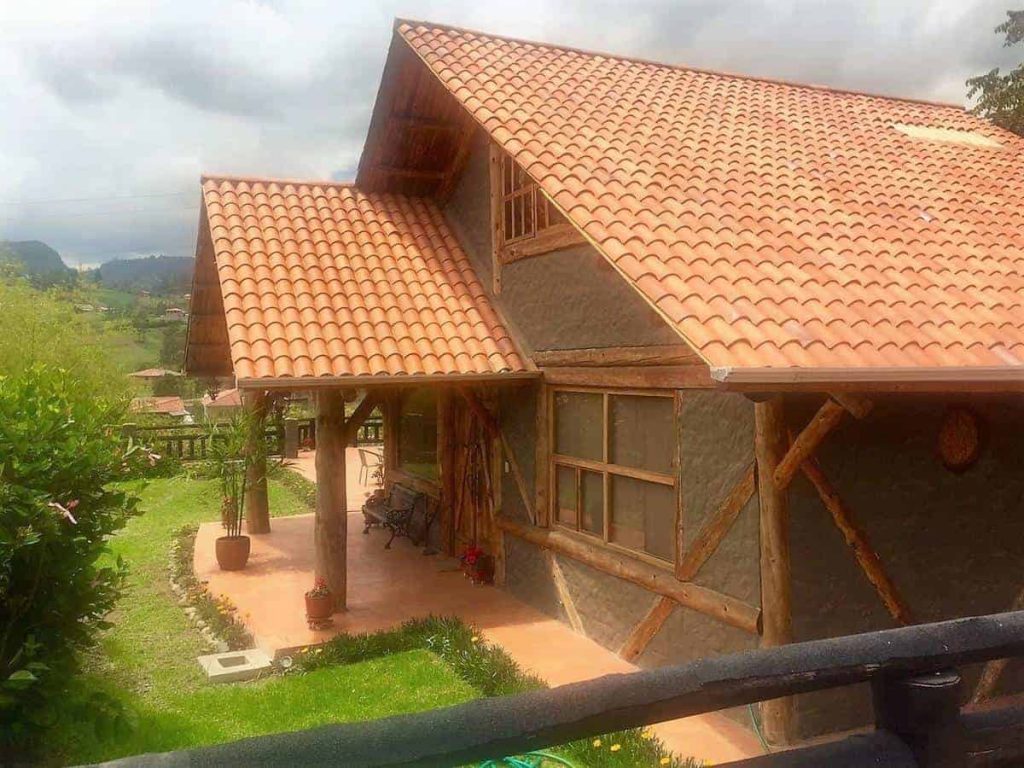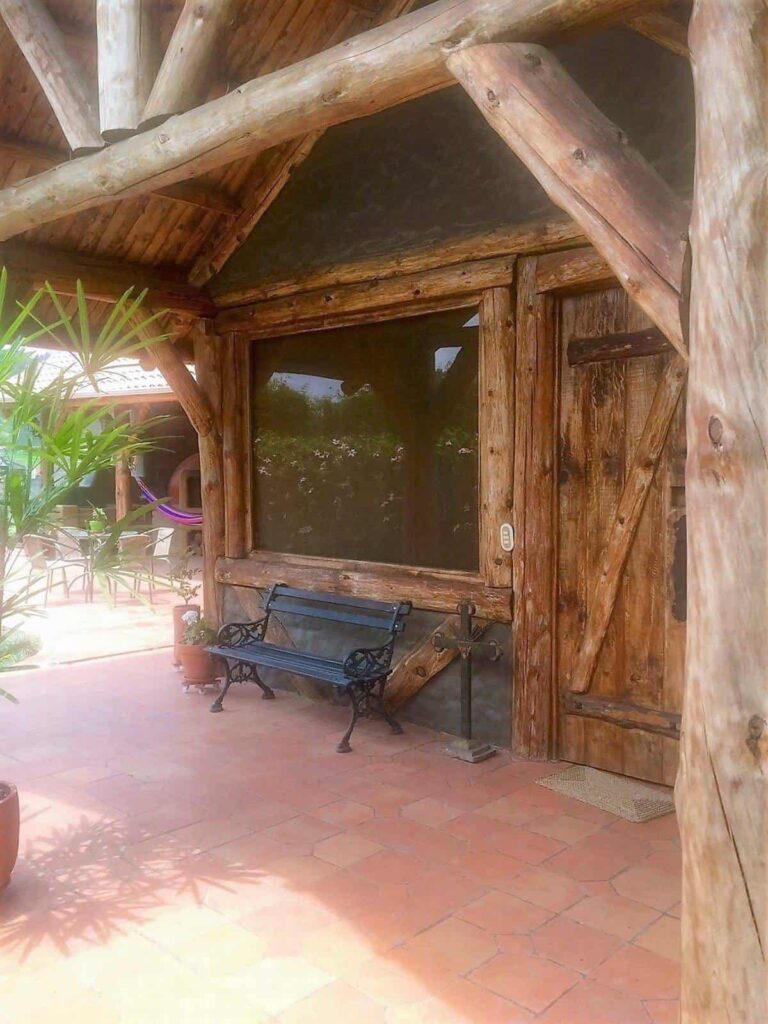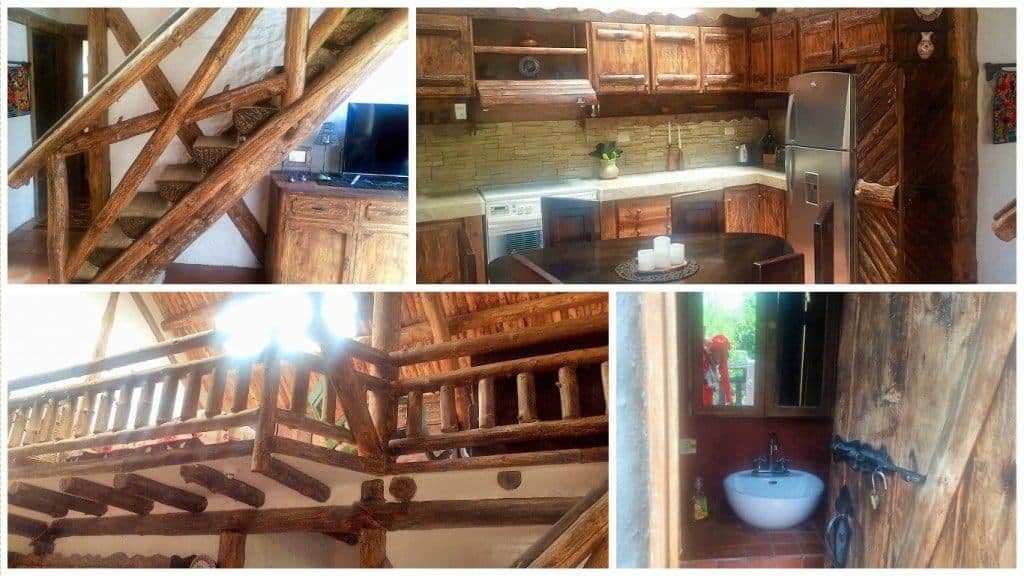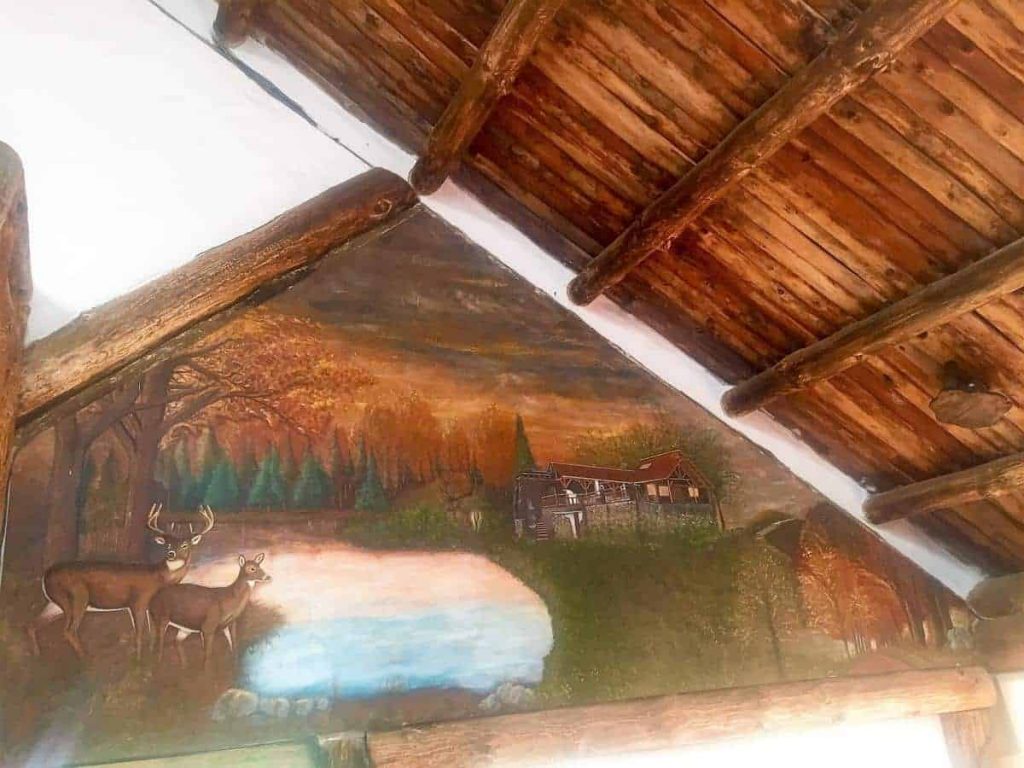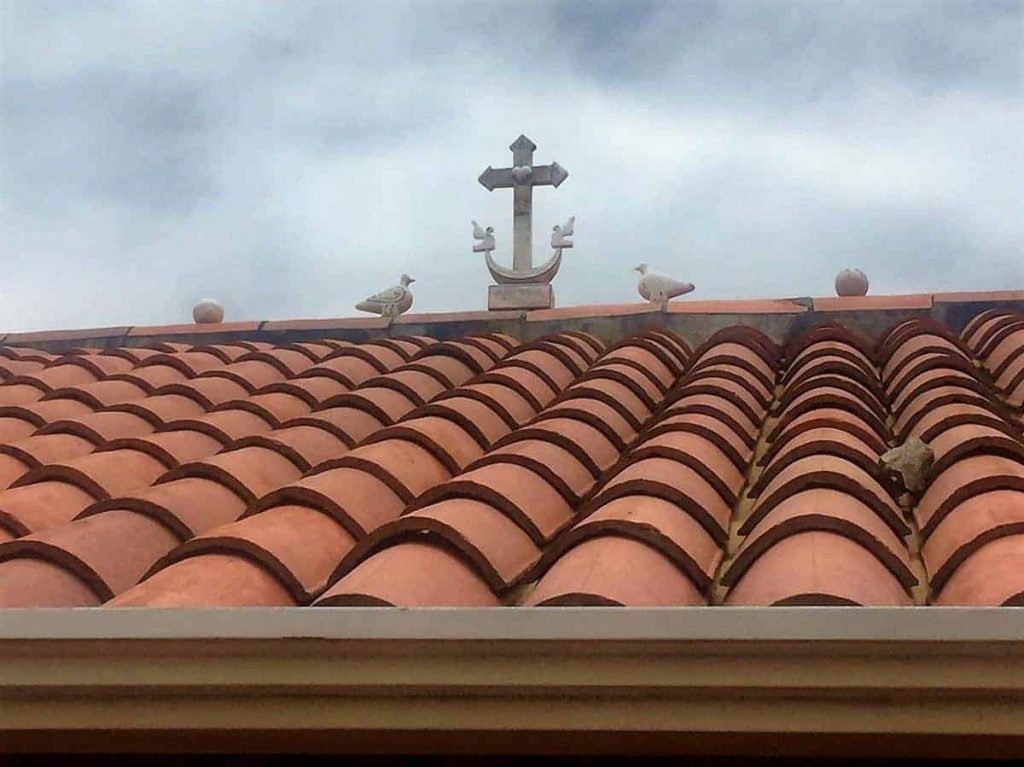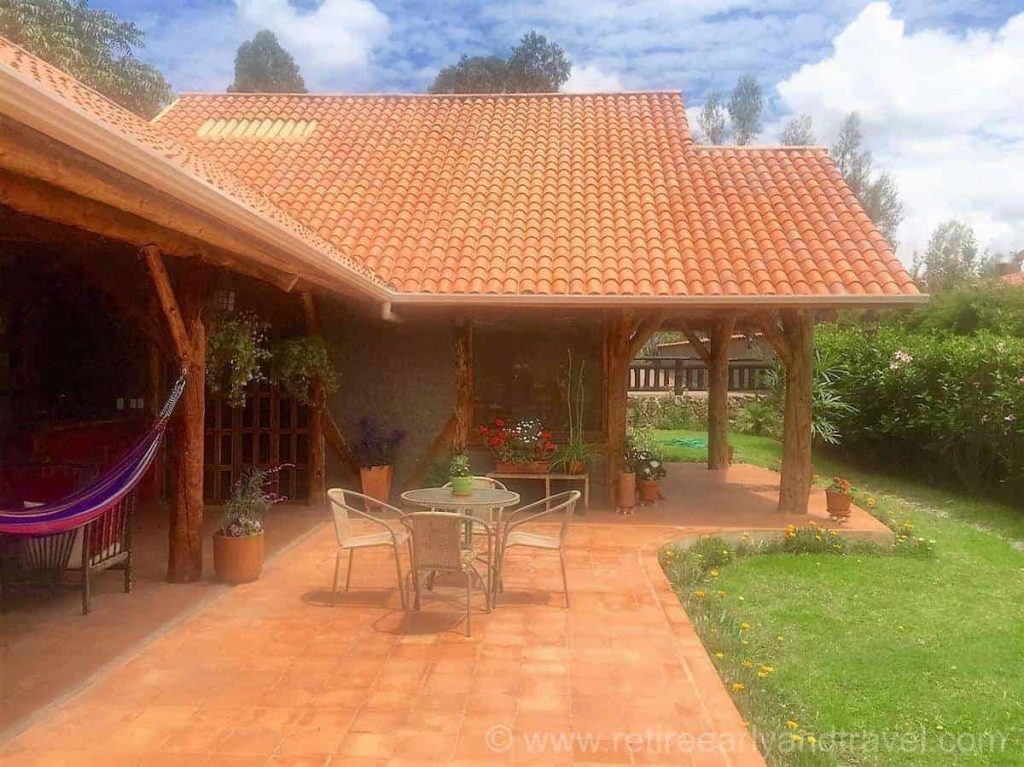 Casita
Casita
What is a Casita? Many people worldwide own or rent a second home. My friend in Bavaria Germany has a “kabine” in the mountains of Austria, and other friends have a chalet in Switzerland. Many of my family members have cabins “up north” in Michigan, and my Wisconsin friends have a lake cottage on Lake Superior. A second home can have a different name depending on where you are in the world.
The reasons for having a second home are universally the same. People are looking for a place to relax, to get away from the hustle and bustle of their daily lives. Most people also want a place where they can enjoy their favorite hobbies whether it is a sport or something like reading or drawing.
Here in Ecuador, a cottage is called a casita. We had the privilege of visiting our friend’s casita just outside of Cuenca. Ecuadorians built this casita as a way to get away from the city life in Cuenca.
A Pleasant Surprise
As we drove down this dirt and gravel road, we came upon this wood gate with a red tiled roof. Nothing about this gate gave away what lies behind it. Our friend opened the gate, and there rambled a long gravel driveway with a glimpse of a tiled roof at the end. As we got closer to the casita, the drive was lined with brick pavers.
Storybook
The casita reminded me of a cottage in a storybook with a South American flair. The first thing we noticed was that it was quiet, peaceful and serene. We walked around the outside taking in the quiet and observed the countryside vistas. The patio adjacent to the house had an Adobe oven and a wood fuel grill.
The original owner of this casita, wanted it to be rustic and close to nature, so he designed and constructed the casita himself. He bought an entire grove of pine trees near Vilcabamba, Ecuador and transported them to his property outside of Cuenca. Trunks of trees help support the house while other smaller ones line the ceiling. One huge tree trunk became the staircase with smaller limbs used for the stairs and railing. He used those same trees to make all of the cabinetry in the house.
The painting above the main windows painted by the owners’ mothers depicts an image of the house with fanciful images she knew her son enjoyed.
Roof Ornament
Many homes in parts of South America have roof ornaments. This custom of decorating roofs dates back to the Incas to bring protection and good fortune. Nowadays these ornaments are placed on the roofs when they bless the house and usually have significant meaning to the homeowner. They almost always contain a cross as the center point. The first-century symbol of Christianity was the anchor. The anchor took the shape of a cross. The hidden meaning reminded early Christians that Jesus was their anchor. The cross inside the anchor on the roof of the casita signifies that this family is steadfast in their Christian belief. The balls on the outer edges represent the builder’s sons love for baseball. Doves are symbols of peace. Two doves usually symbolize faithfulness because they mate for life, work together and share in raising their family.
F
